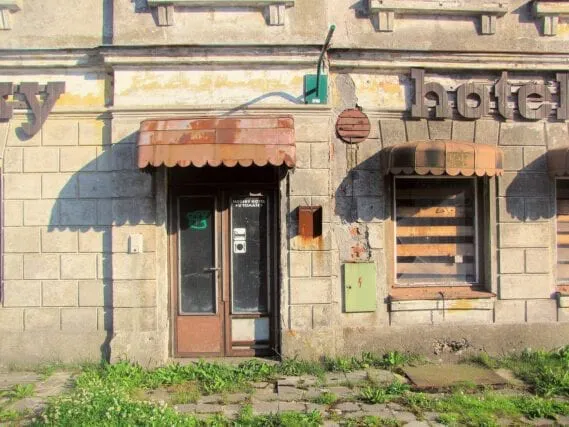The latest data is clear - the number of failing companies in Norway is growing. Moreover, the number of bankruptcies and forced liquidations is higher than after the financial crisis of 2009. In August alone, 394 enterprises went bankrupt, and the property of 85 of them became state property.
Almost 6,5 thousand bankruptcies in a year
As shown by the analytical company Bisnode, in August the percentage of failing companies increased by 22,4% compared to August 2017. Over the last twelve months, a total of 6 companies have filed for bankruptcy or have been forced to cease operations. Compared to the previous such period, this represents an increase of 483 percent.
Read also: Polish emigrants will not get a driving license in Poland? >>>
A new shameful record
Per Einar Ruud from Bisnode in an interview with Nettavisen admitted that the current situation is the worst in Norway's history. It was even better in the twelve months after the financial crisis in 2009 - then 6 companies declared bankruptcy. According to the economist, the statistics are inconsistent with the recent trends observed in the Norwegian economy. Increased bankruptcies may indicate structural changes in some industries.
Read also: Interview with Joanna Kozak about the new Polsat program >>>
The worst in retail
The economist from Bisnode also notes that the largest percentage of companies that file for bankruptcy comes from the retail industry. Until now, these were enterprises that rarely closed down. Only since the beginning of this year 666 (increase by 13,1%) companies from this sector have been liquidated, another 825 failed entities have prospered in the area of services (increase by 19,7%).
It was not much better in the hotel and catering industry. Since the beginning of the year, 382 companies have closed their operations (an increase of 11,7%). In turn, the construction industry recorded an increase of 3,8% per annum. However, this is a specific area of activity, which was already distinguished by a high percentage of bankruptcies in previous years.
Read also: A high-ranking NAV official was illegally monitoring its neighbors >>>
Bad news
Not so long ago, we reported on missing employees in Rogaland, Equinor's massive investments and the growing Norwegian economy. The current unemployment rate in Norway is approximately 3,8%. A high increase in the number of people unemployed was recorded in July, but in August this rate decreased slightly. Bearing in mind record number of bankruptcies companies should have justified concerns whether the good economic situation in Norway will remain at its current level? Currently, there are conflicting news from the market, so it is worth waiting for official reports by economists that will analyze these phenomena.
[caldera_form id=”CF5b4dc9743b1e5″]




